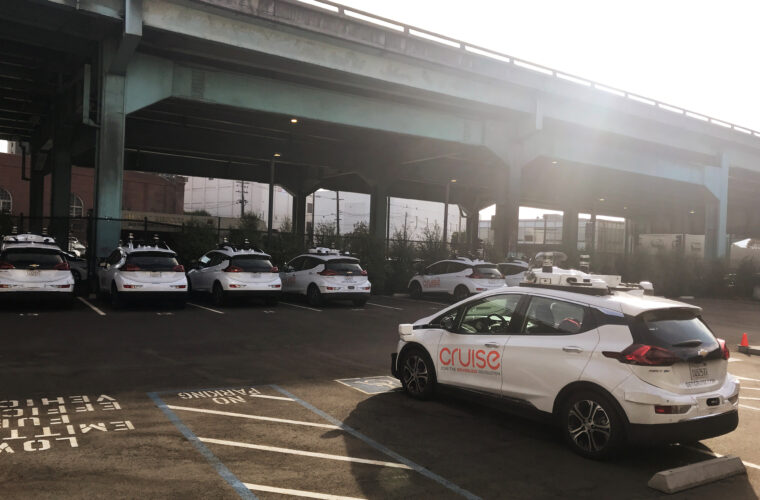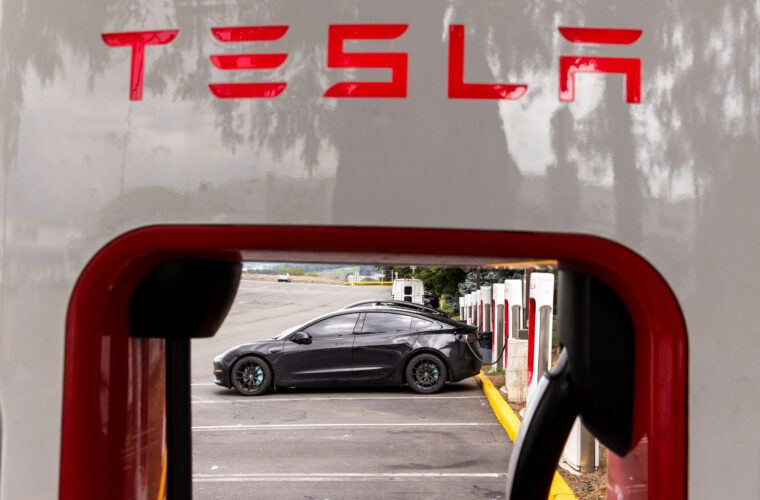Drones or Multicopper
A few years ago, the term unmanned aerial vehicles was mentioned to an innovative technology, which in the near future will have a significant presence in people’s daily lives. As we see now, the development of this technology and its transition from a military to a more commercial product began at the beginning of the 21st century.
Today, the evolution of their technology has reached a satisfactory level so that they can be used for practical applications. For this reason, the scientific community considers drones as one of the technologies of the future, due to the multitude of applications in industry and private use. Starting with the simple aerial surveillance of large areas, such as factories, inspection of inaccessible facilities and landscapes. victims of fires, first aid in emergencies or even medicines in war zones, drones are an important factor in the effective implementation of the above.
How can it be programmed to be controlled by a simple user? What programming languages can we use to control the drone?
First, we need to understand that there are two different levels of drone programming: low-level and high-level. In low-level programming, we deal with drone firmware, while in high-level drone programming, we talk about applications or software level.
Programming languages for Drones
Low level programming (firmware)
Low level programming coordinates the hardware aspects of the drone such as the engine (s), propellers, battery, etc. Basically, the drone firmware allows the drone to have basic functions.
For example, it handles things like determining the exact amount of power to be delivered to engines by analysing information from the aircraft’s IMU (Inertial Measurement Unit). This is the most crucial point because it will allow the aircraft to perform a stable and flat flight, the most basic and yet most important function of any drone.
In low level programming, C and C ++ are the main programming language but Assembly can also help.
In many cases of DIY / modular drone, the hardware kit used will also determine what kind of language is required to build the code.
The Arduino and Raspberry Pi are popular in modular drone kits and we should use the corresponding language that is compatible with these modular hardware kits.
In conclusion, in the low-level language, the language is used is C and C++ and Assembly.
High level programming
In the high-level programming, we write coding with drone applications. A drone is already a complete unit and we can treat it as an API (Application Programming Interface) that will respond to our command.
For instance, operations such as controlling the drone at a certain altitude or interpreting information from the GPS so that the drone can move to a GPS point, even the increase or decrease of speed is managed by a high level of programming.
Additionally, in high-level programming, we only need to think about how the drone can correctly read the information from the user and ensure that it moves to the desired position.
Generally, high level programming is much easier and user friendly. Python is a very popular high-level language that is also popular in drone programming and Java is another popular choice.
Python for Drones

The Python programming language has many advantages over the various functions and features it offers from ready-made libraries.
A simple user with basic knowledge of Python programming can start programming a Drone using the Robot operating system (ROS). The Robot Operating System (ROS) is a flexible framework for writing robot software. It is a collection of tools, libraries and other complex functions and functions that facilitate the creation of robotic behaviours.
Python Libraries for Drones
Dronekit python is an open-source python library that provides high level functions to command the drone’s movement, check vehicle status and many other things. Drone Kit-Python (formerly DroneAPI-Python) contains the python language implementation of DroneKit. The API allows developers to create Python apps that communicate with vehicles over MAVLink.
As we mentioned the most important and useful python library is Dronekit. We have also many other useful libraries depending for uses. For example, OpenCV is for recognition face from image or video. Another library is Tello Drone. This is a collection of python-based sample code that interact with the Ryze Tello drone. Tello drone is mini drone with an HD camera, giving you a bird’s-eye view!
In conclusion we have many options regarding to the Python libraries. We can use specific libraries for implementation machine learning via drones that is very useful for agriculture, for industry and any sector with large area.



